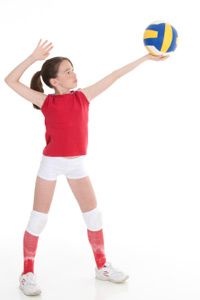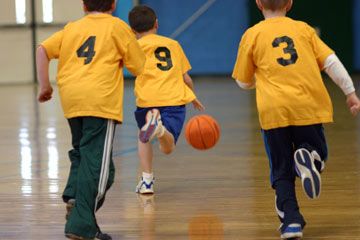When you think about sports with a cult-like following, volleyball probably isn't at the top of your list. In fact, it may not be on your list at all. But in terms of participation, volleyball is actually the second most popular sport in the world [source: Westlake High School].
Volleyball has been around since 1895, when William G. Morgan, a teacher at the Young Men's Christian Association (YMCA) in Holyoke, Mass., decided to create a new sport that combined aspects of basketball, baseball, tennis and handball. The sport, originally called mintonette, eventually got its name from the way the players had to "volley" the ball back and forth over the net, and on July 7, 1896, the first game of volleyball was played [source: Couvillon].
Advertisement
But even if you've been playing volleyball for your entire life, coaching a team can be a completely different ball game, and it can be especially challenging at the youth level. How do you teach a group of fourth graders to deliver a killer serve? Well, before you work yourself into a sweat, take a deep breath and relax. Coaching can be a fun and rewarding experience, and with just a little bit of preparation and research, you can gather all the tools you need to put together a winning team.
On the following pages, you'll find information on volleyball skills, drills and coaching clinics to help you start the season off right. But first let's learn the basic rules of the game.
Advertisement


